Argentina Approves $2.5B Rio Tinto Lithium Project Under New RIGI Investment Regime
Argentina has taken a decisive step to cement its role in the global energy transition by approving a landmark $2.5 billion lithium extraction project led by Rio Tinto $RIO. This development not only highlights the country's mineral wealth but also marks the first major mining initiative under Argentina’s recently introduced investment incentive regime—Régimen de Incentivo para Grandes Inversiones (RIGI).
The announcement, made by Minister of Mining and Energy Daniel Gonzalez at a high-level conference in Buenos Aires, is seen as a pivotal policy signal to international capital markets and mining giants targeting South America’s lithium triangle.
Rincón Lithium Project: Economic Significance and Strategic Impact
The Rincón project, located in Salta Province in Argentina's lithium-rich north, underscores the country’s long-term bet on battery metals. With global electric vehicle (EV) demand surging, lithium—a core component in rechargeable batteries—has become a critical asset class.
Rio Tinto's commitment signals growing confidence in Argentina’s regulatory reforms aimed at attracting foreign direct investment (FDI) into the mining sector. The RIGI program offers tax incentives, legal stability, and capital repatriation guarantees, addressing long-standing investor concerns.
From a macroeconomic standpoint, the project is expected to boost Argentina’s export earnings, reduce reliance on agricultural exports, and help stabilize its foreign exchange reserves. Moreover, the project aligns with global supply chain diversification strategies, particularly as Western economies reduce their dependency on China for rare and critical minerals.
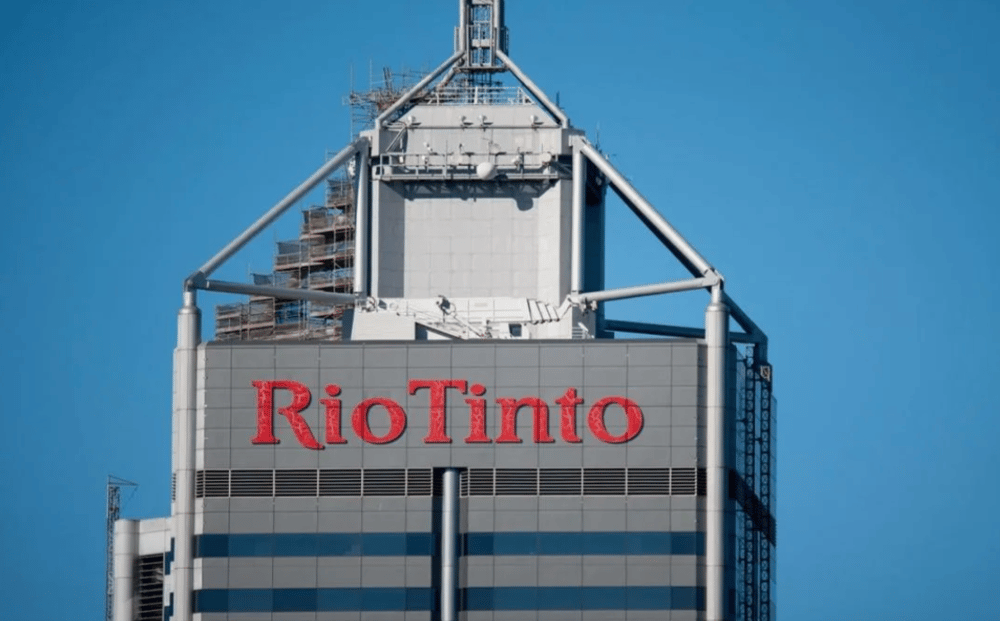
Key Facts at a Glance
Location: Salta Province, northern Argentina
Project: Rincón lithium brine extraction
Investment size: $2.5 billion (USD)
Company: Rio Tinto
Approval date: May 2025
Legal framework: RIGI (Incentive Regime for Large Investments)
Market Reactions and Global Implications
Financial markets have responded positively to the project approval, with Rio Tinto shares showing a modest uptick in both the London and Sydney exchanges. Analysts highlight this as a medium- to long-term bullish indicator for the lithium sector, particularly given ongoing supply constraints.
The move may also reshape the competitive landscape in South America, where Argentina, Bolivia, and Chile—collectively known as the lithium triangle—control over half of the world’s known lithium reserves. However, Argentina’s recent policy liberalization sets it apart, potentially accelerating project pipelines ahead of its neighbors.
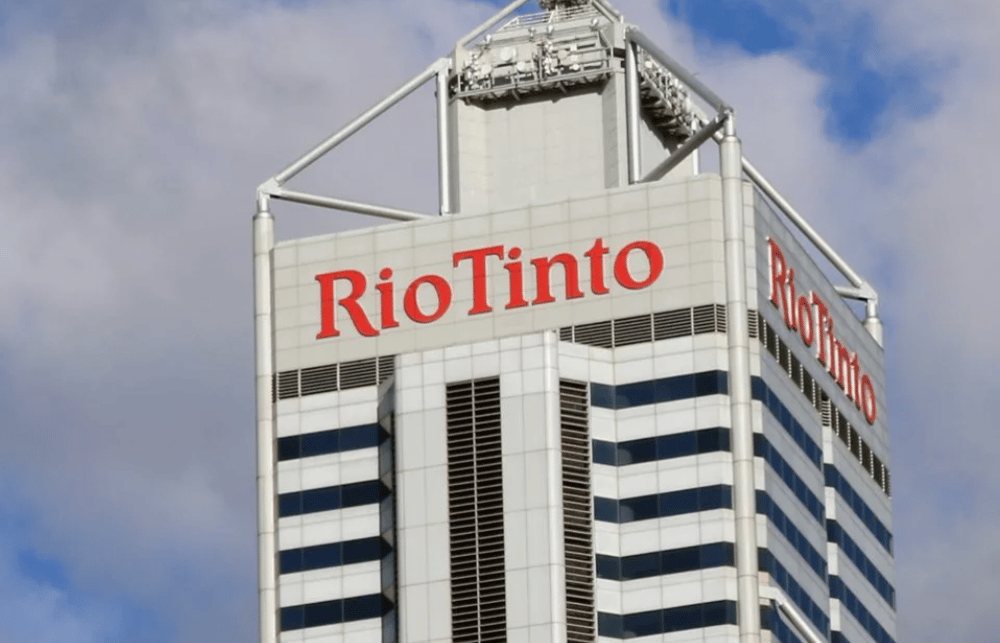
Key Takeaways
Diversification of Global Lithium Supply Chains The Rincón project reduces overreliance on Asian lithium refiners and aligns with Western industrial policy.
Strengthening of Argentina’s Mining Portfolio RIO’s investment could serve as a model for other multinational corporations assessing Argentina’s risk-return profile.
Regulatory Innovation through RIGI The new investment regime mitigates political and financial risk, fostering a more stable investment environment.
Alignment with Green Energy Transition Goals As governments push for EV adoption, such strategic resources become geopolitical priorities.
Positive Sentiment in Commodity Markets Lithium prices (USD per ton) may experience upward pressure if demand projections persist amid constrained new supply.
A Strategic Win for Argentina and Global Battery Markets
Argentina's approval of Rio Tinto’s $2.5 billion Rincón lithium project marks a watershed moment in the global race for energy transition materials. By leveraging the RIGI framework, the nation not only advances its economic development goals but also becomes a key player in shaping global battery supply chains.
For Rio Tinto, the investment represents a strategic alignment with long-term trends in decarbonization and electrification. For the global market, it is yet another sign that the competition for critical raw materials is intensifying—and that new frontiers are emerging in South America’s mineral-rich heartlands.


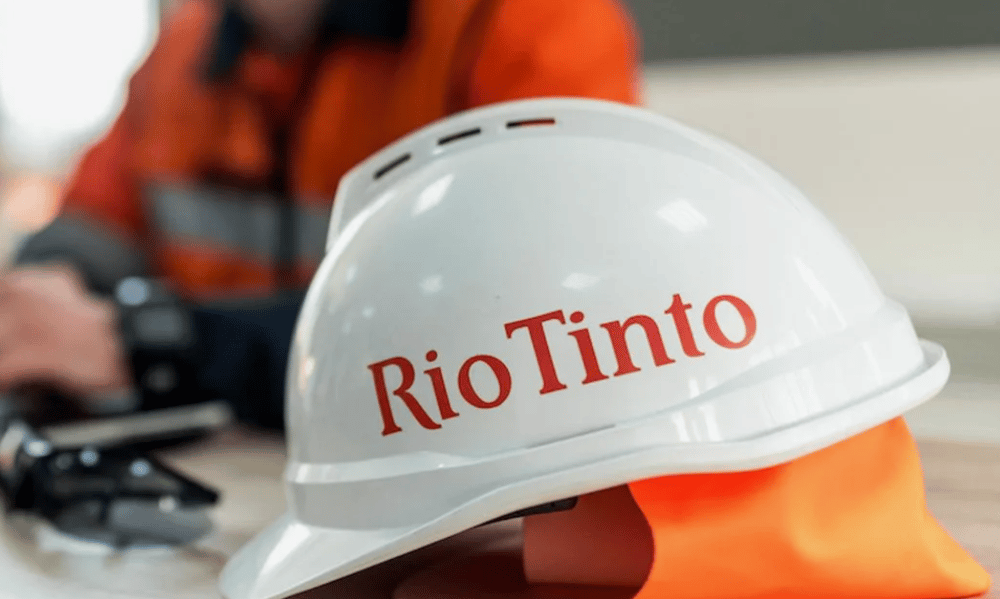

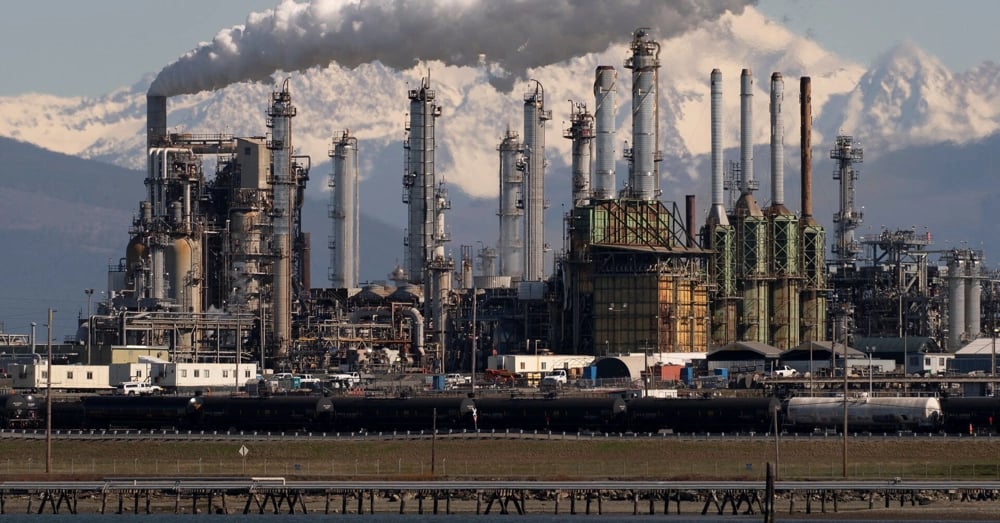




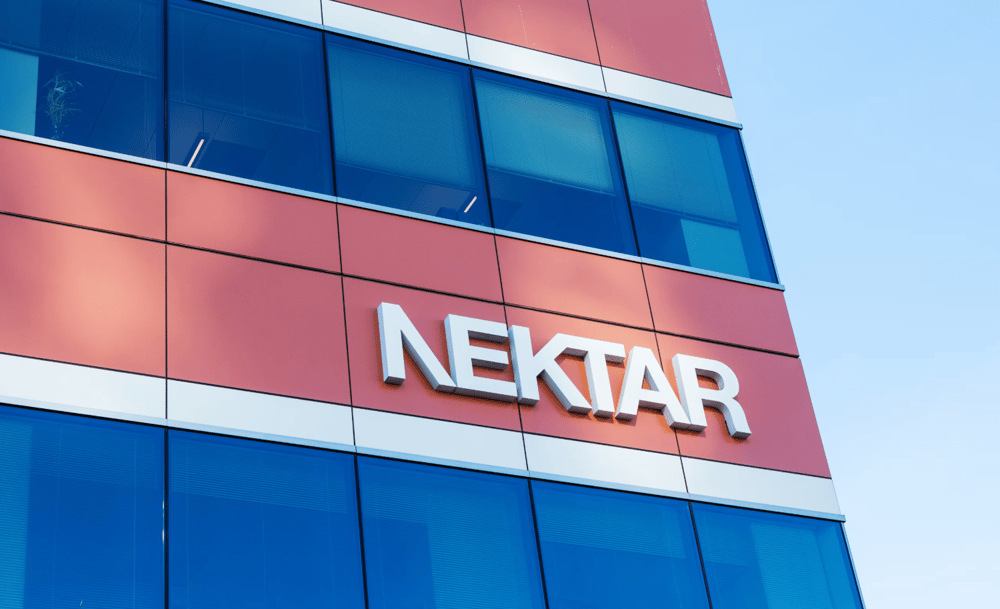



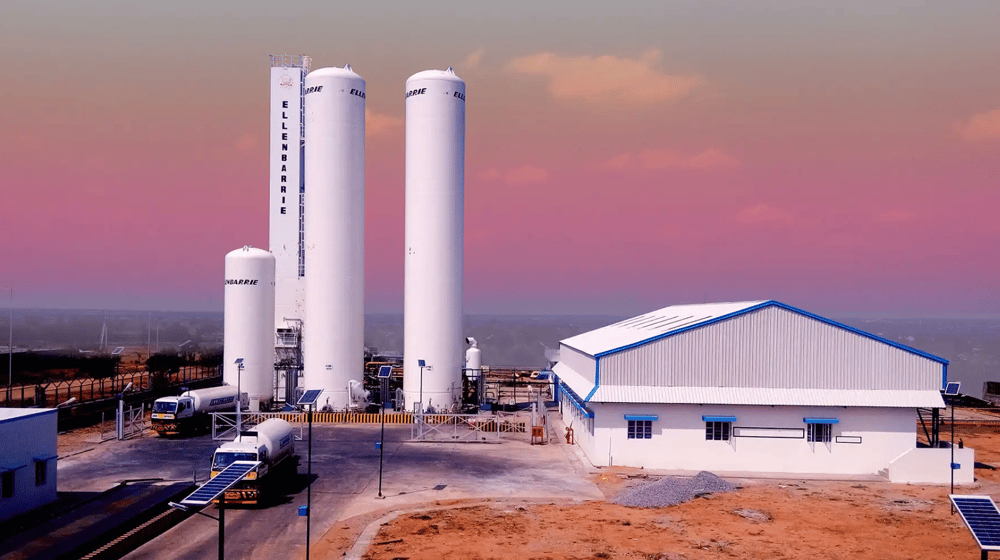

Comments